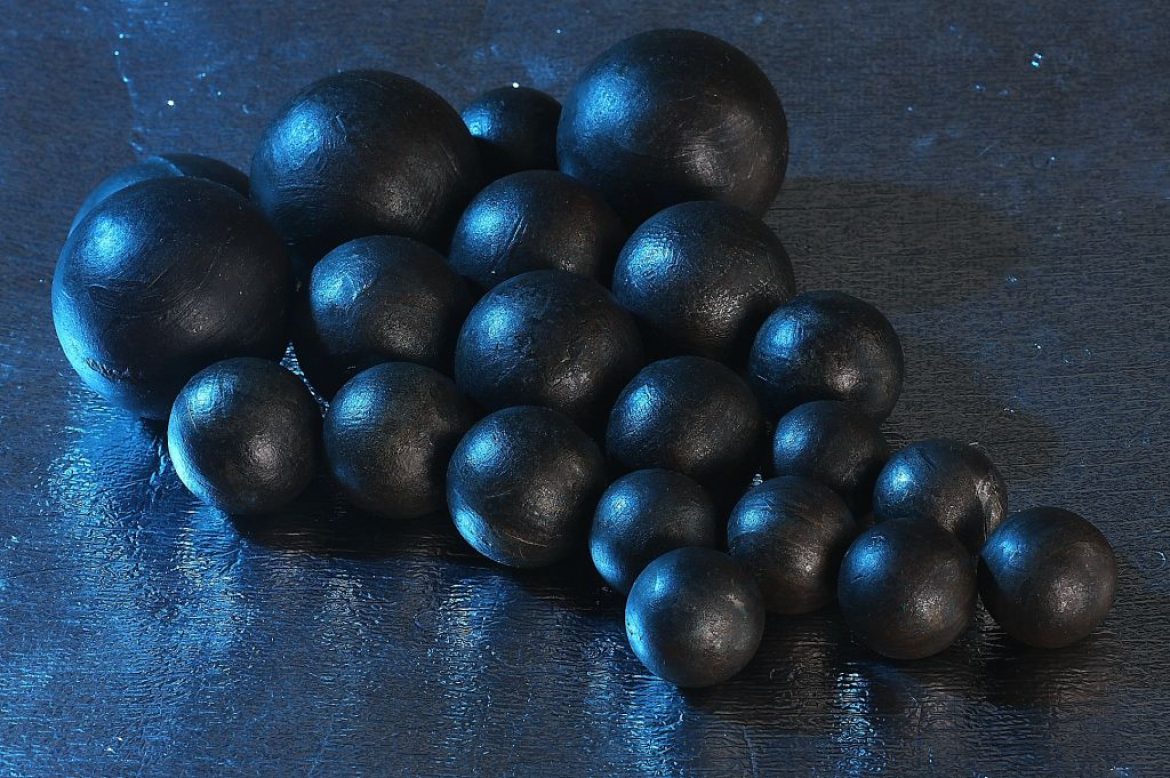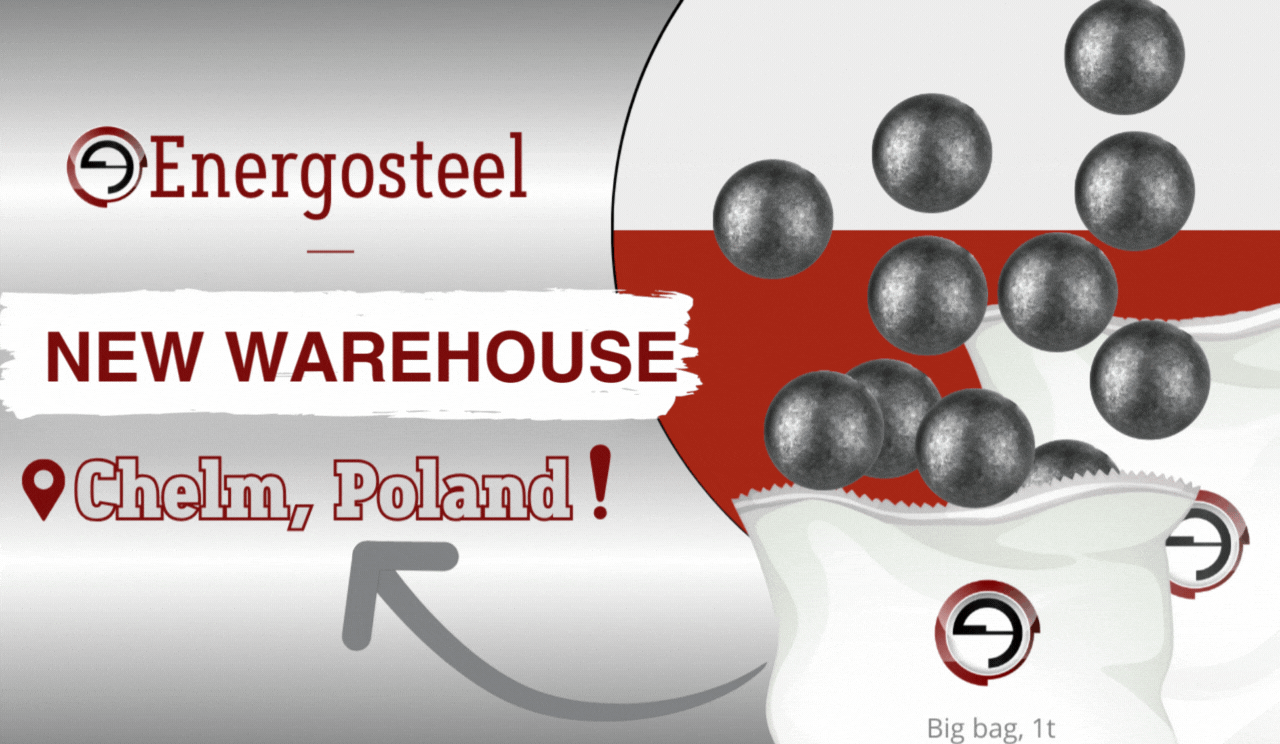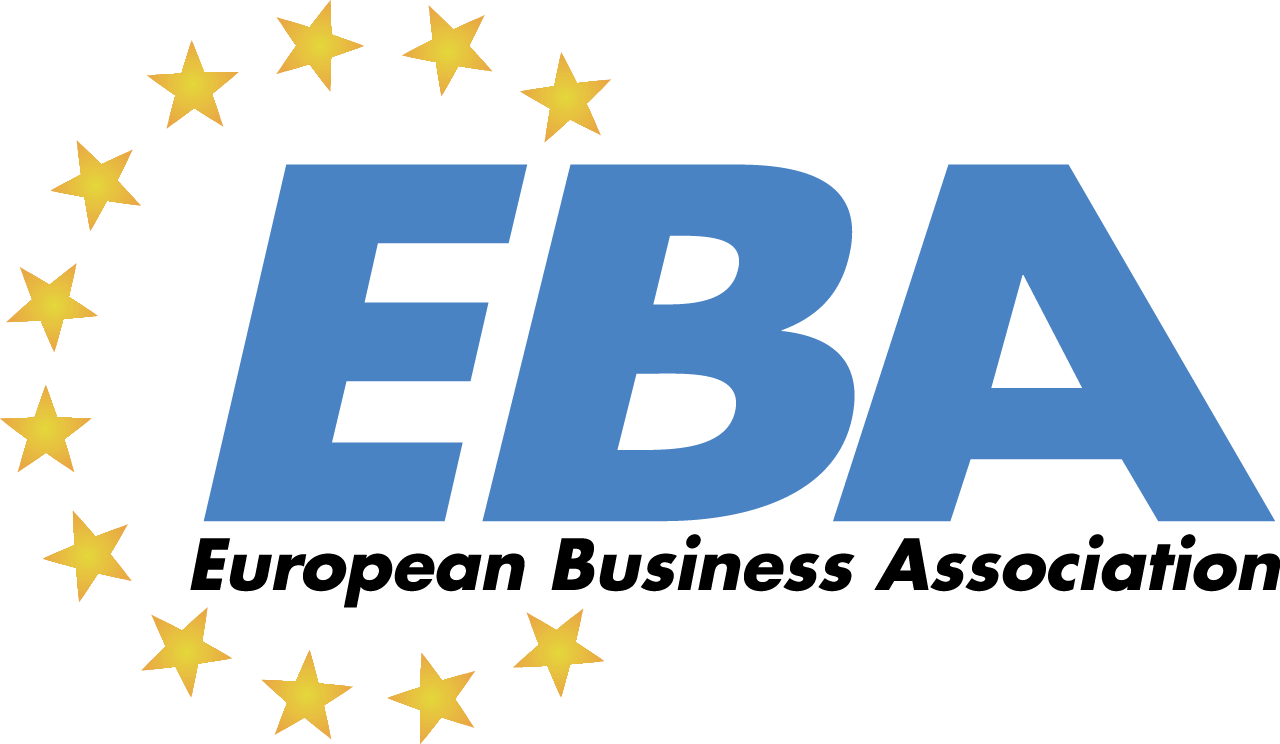01.07.2016 new standard regulating the quality of grinding balls DSTU 8538: 2015 entered into force.
In order to understand how to changed the requirements for the production of grinding balls, we decided to display them in a comparative table:
| 1. CLASSIFICATION AND DIMENSIONS | DSTU 3499-97
DSTU 8538:2015 Claim 4 Table 1 without the calculated data that are presented in Attachment A
|
||||||||||||||||||||||||||||||||||||||||||||||||||||||||||||||||||||||||||||||||||||||||||||||||||||||||||||||||||||||||||||||||||||||||||||||||||||||||
| 2. TECHNICAL REQUIREMENTS | DSTU 3499-97
Hardness, Table 2
Table 3
Also the balls of the 2nd, 3rd, and 4th groups can be manufactured from steel in accordance with GOST 5950.
DSTU 8538:2015
Claim 5
Hardness, Table 2
The same test method should be used for monitoring of hardness between the manufacturer and the consumer.
Table 3
Claim 5.1.6. The balls can be manufactured from steel in accordance with DSTU 3953 (GOST 5950) and GOST 14959
Claim 5.1.8 Balls of the 4 and 5 groups of hardness can be shipped with the control impact resistance by agreement with the consumer and manufacturer. Impact resistance control procedure performed by the manufacturer.
|
||||||||||||||||||||||||||||||||||||||||||||||||||||||||||||||||||||||||||||||||||||||||||||||||||||||||||||||||||||||||||||||||||||||||||||||||||||||||
| 3. ACCEPTANCE RULES | DSTU 3499-97
The repeat check allows two grinding balls do not appropriate for the hardness.
Choose 3 balls of each twentieth installment for templates to control hardness of the 5 and 4 groups
DSTU 8538:2015 Claim 8 The quality document must have information about: – The weight of shipped products
Choose 2 balls of every installment for templates to control the hardness of 5 and 4 groups
Claim 8 4. The chemical composition of steel is determined by the incoming inspection of the steel billet or as a result of melting analysis. The chemical composition of the steel is not monitored for the grinding balls.
Claim 8 5. Quantity of balls and acceptance rules determined by the method of the manufacturer for the control of impact resistance.
|
||||||||||||||||||||||||||||||||||||||||||||||||||||||||||||||||||||||||||||||||||||||||||||||||||||||||||||||||||||||||||||||||||||||||||||||||||||||||
| 4. CONTROL METHODS | DSTU 8538:2015
Claim 9 Added: Claim 9.3.2.1. Cutting technology of grinding ball must exclude its heating above 100 ° C in order to avoid distortions of hardness measurements Claim 9.5 Tests to control for impact resistance of grinding balls are carried out on the manufacturer’s procedure. |
||||||||||||||||||||||||||||||||||||||||||||||||||||||||||||||||||||||||||||||||||||||||||||||||||||||||||||||||||||||||||||||||||||||||||||||||||||||||
The table shows that in the updated quality standard appeared conception of impact resistance, which is important in the manufacturing of grinding media. Checking grinding balls to impact resistance ensures their use without the risk of splitting, which leads to an increase in the specific consumption of balls, deterioration in the quality of grinding, clogging grates and slitting the rubber mill lining.
However, DSTU 8538: 2015 contains a less stringent quality requirements for balls of 5th group of hardness because just specialists of the company “Energosteel” have managed to perform the old DSTU 3499-97 requirements for the balls of the 5th group of hardness in Ukraine.
Regarding the application of requirements the new DSTU, there is an ambiguous situation arises due to the fact that:
- Firstly, DSTU 8538: 2015 is the national standard. As is known, national standards shall be solely voluntary application by reference to the new DSTU in contracts (ext. Agreements, specifications), and guidance on the quality certificates for the labeling of products.
- Secondly, DSTU 8538: 2015 approved by order of the State Enterprise “UkrNIUTs” rather than the law of Ukraine, or the act of the Cabinet of Ministers of Ukraine or the central executive agency. This means that the new standard does not have the status of a technical regulation. Therefore, the compliance of products with the requirements the new DSTU is not a subject of public market surveillance.
Given all the above stated, the choice of a DSTU for supply grinding media depends on the buyer’s requirements and the manufacturer’s capabilities.
Thus, the company “Energosteel” has the ability to manufacture and supply of steel grinding balls by the old DSTU 3499-97 and by the new DSTU 8538: 2015, depending of customers needs, because the production technology and equipment of company “Energosteel” allow to produce grinding balls of the 5th group of hardness with a more and with a less strict requirements for quality of steel grinding balls for ball mills.







